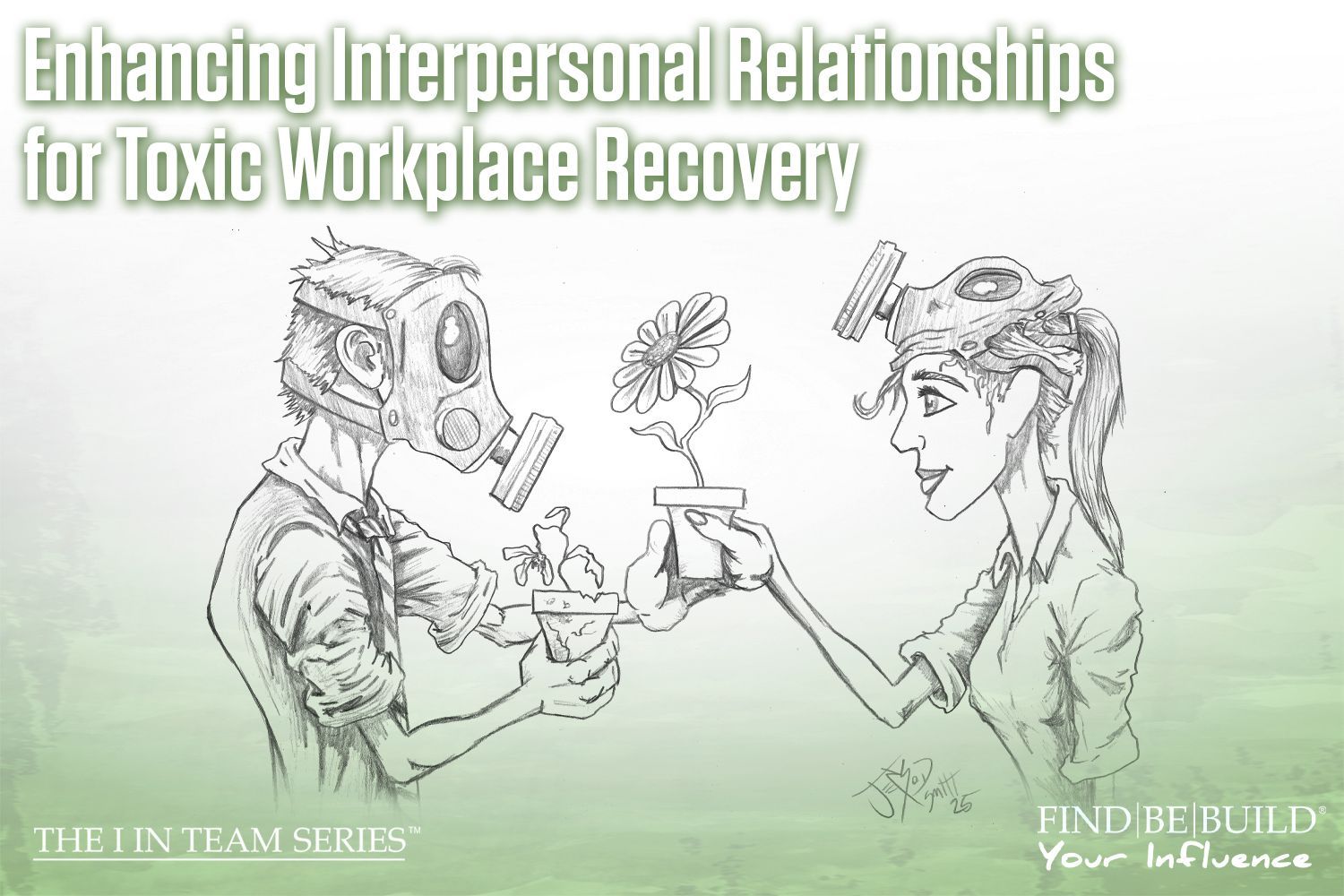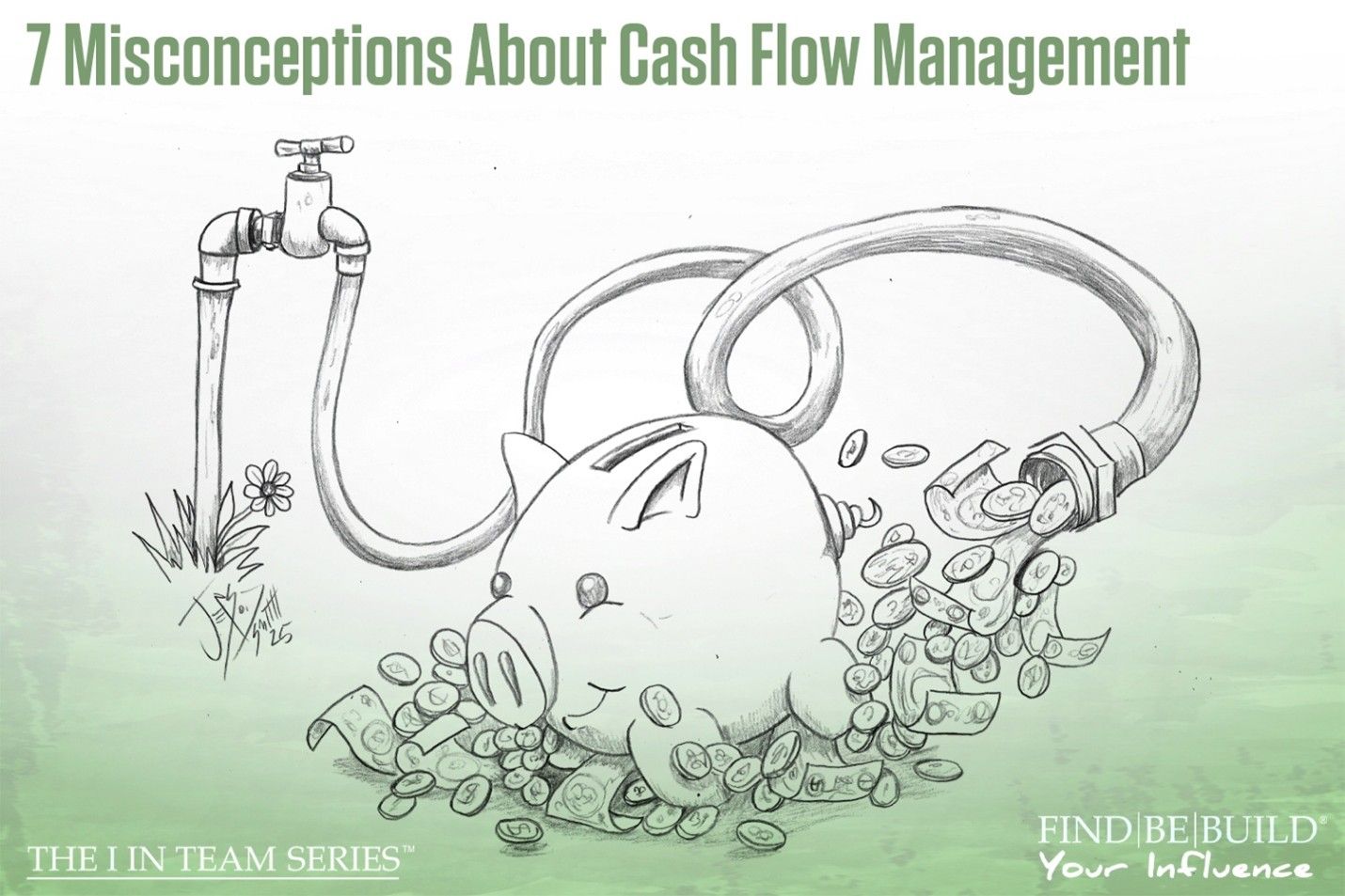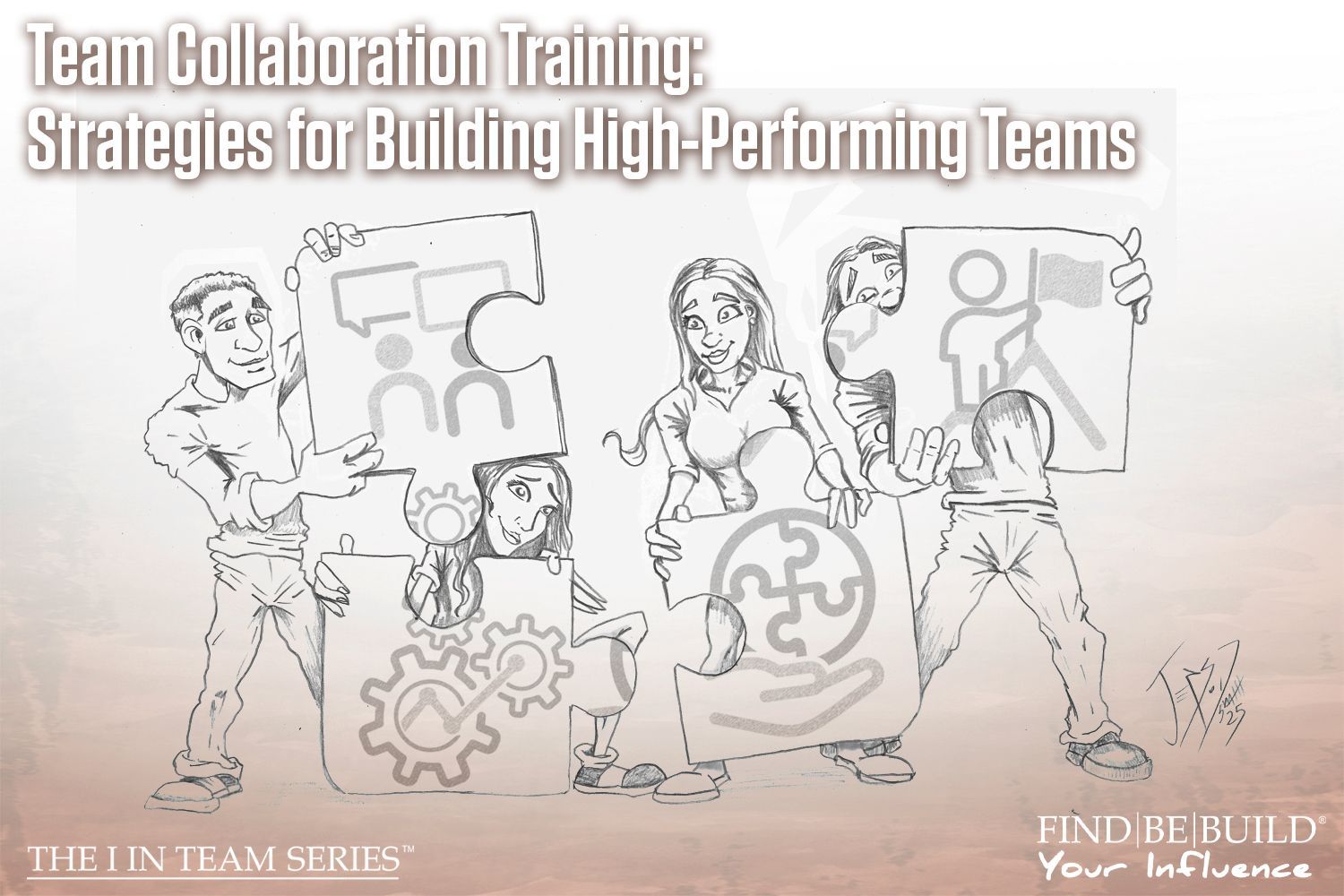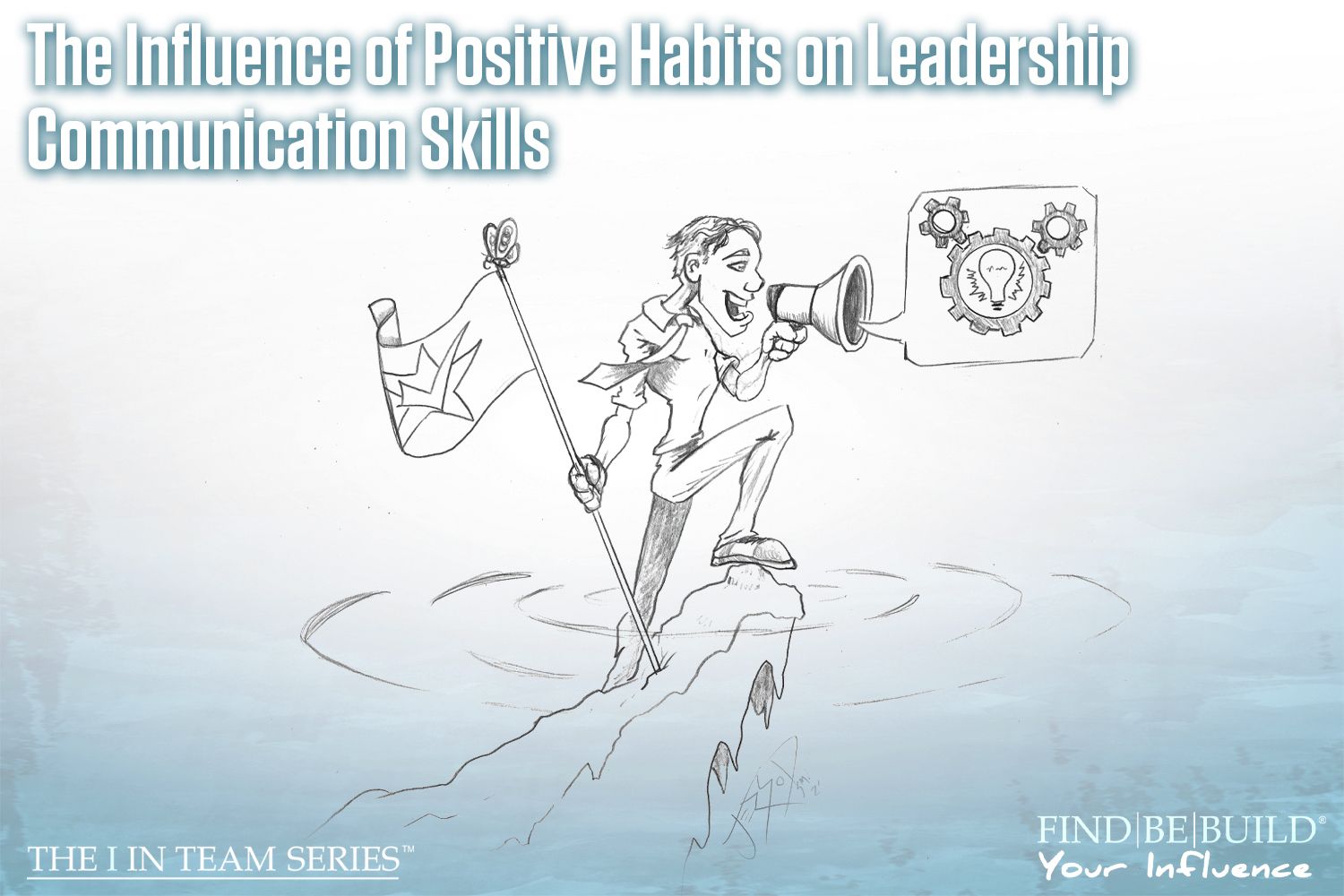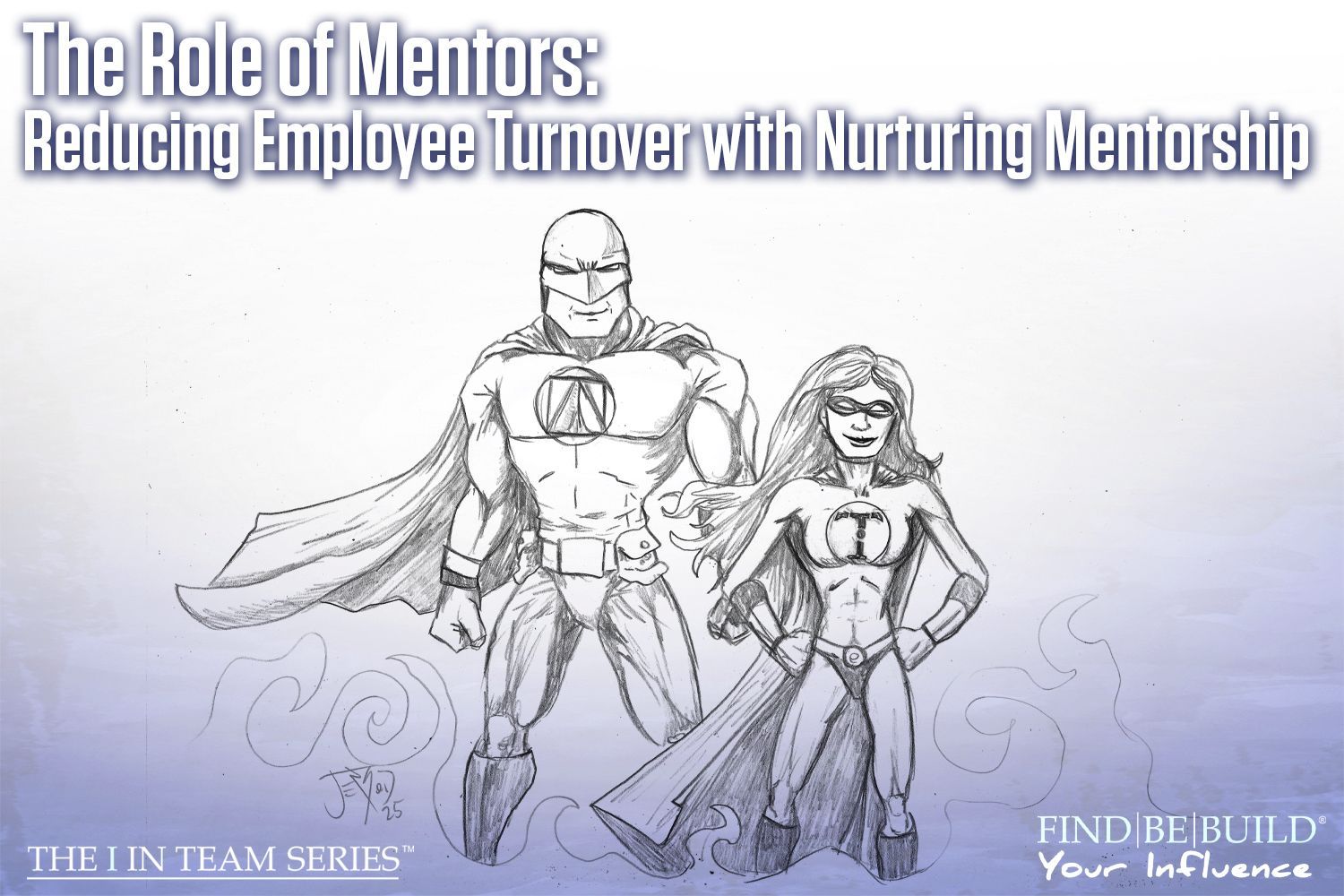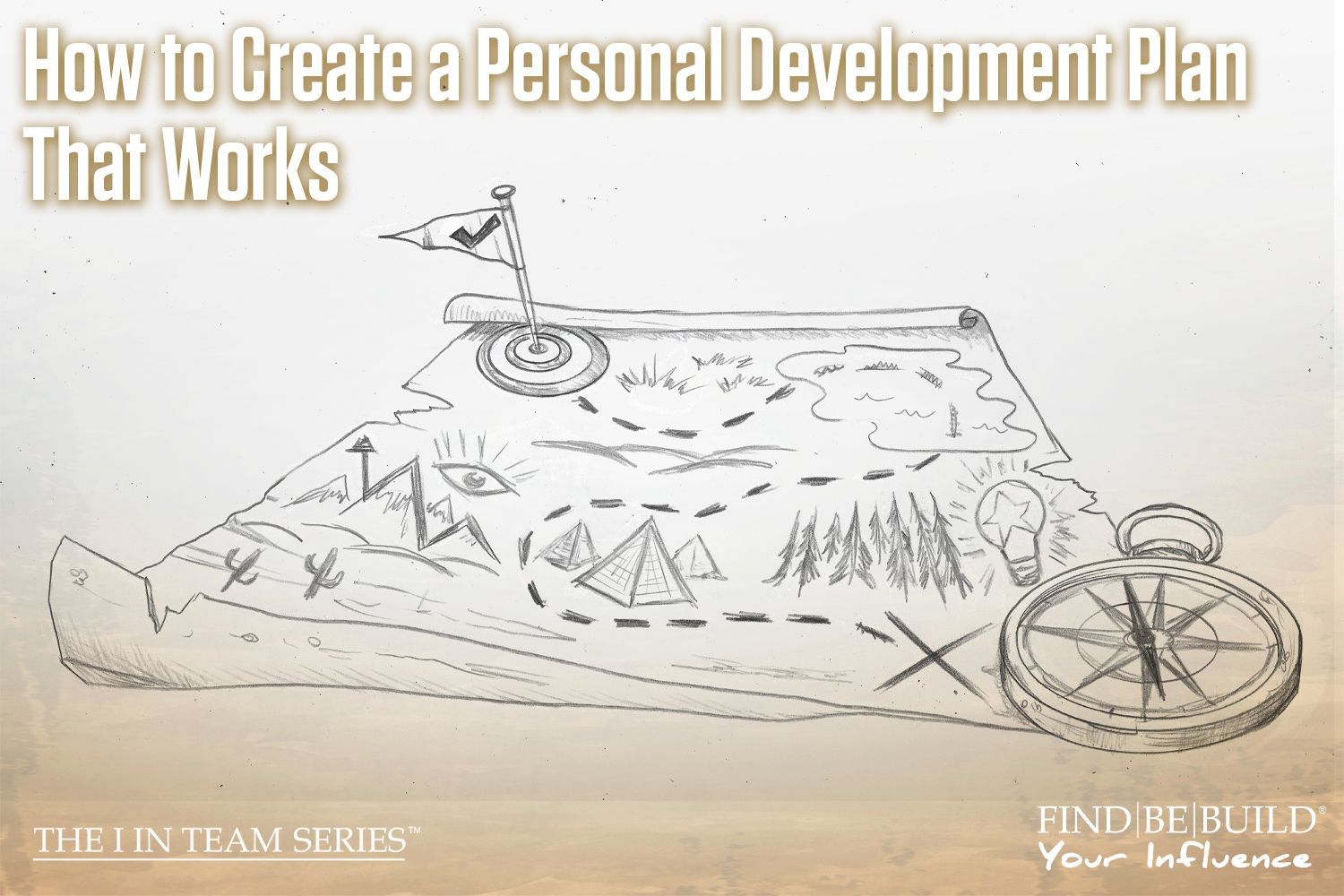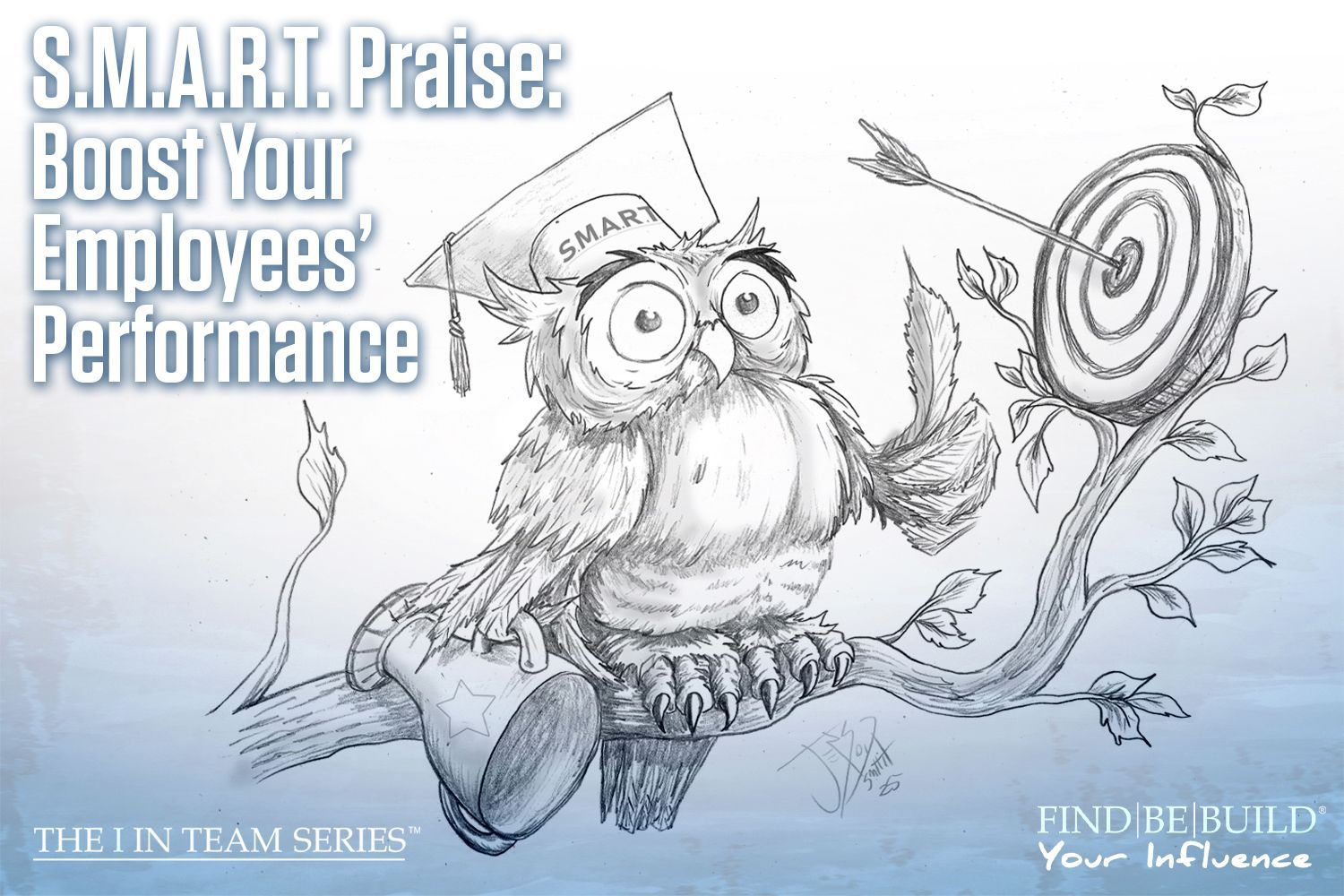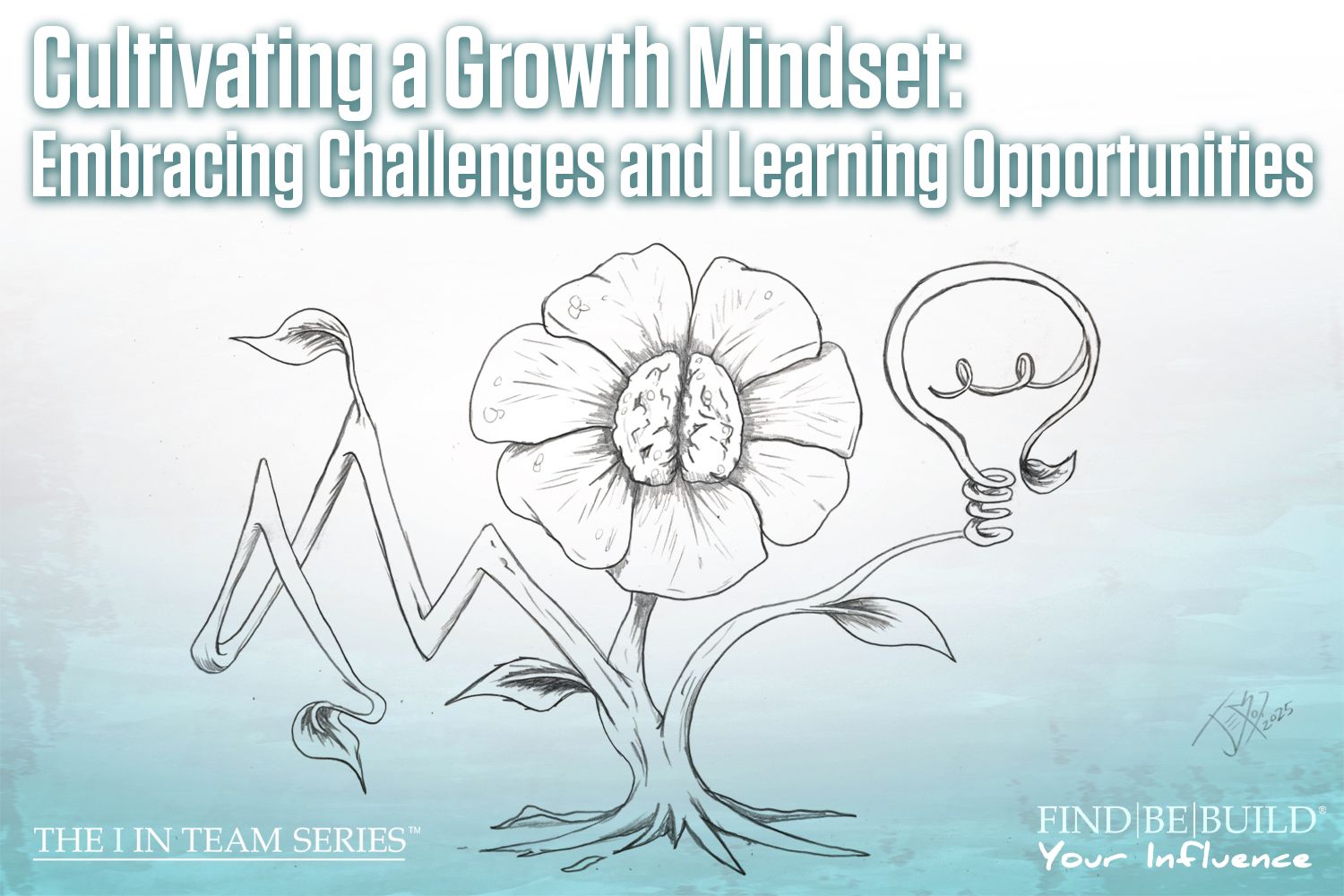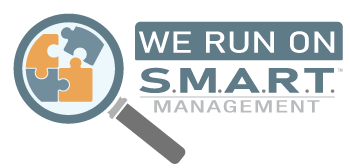Prepare for the Future, Focus on the Now
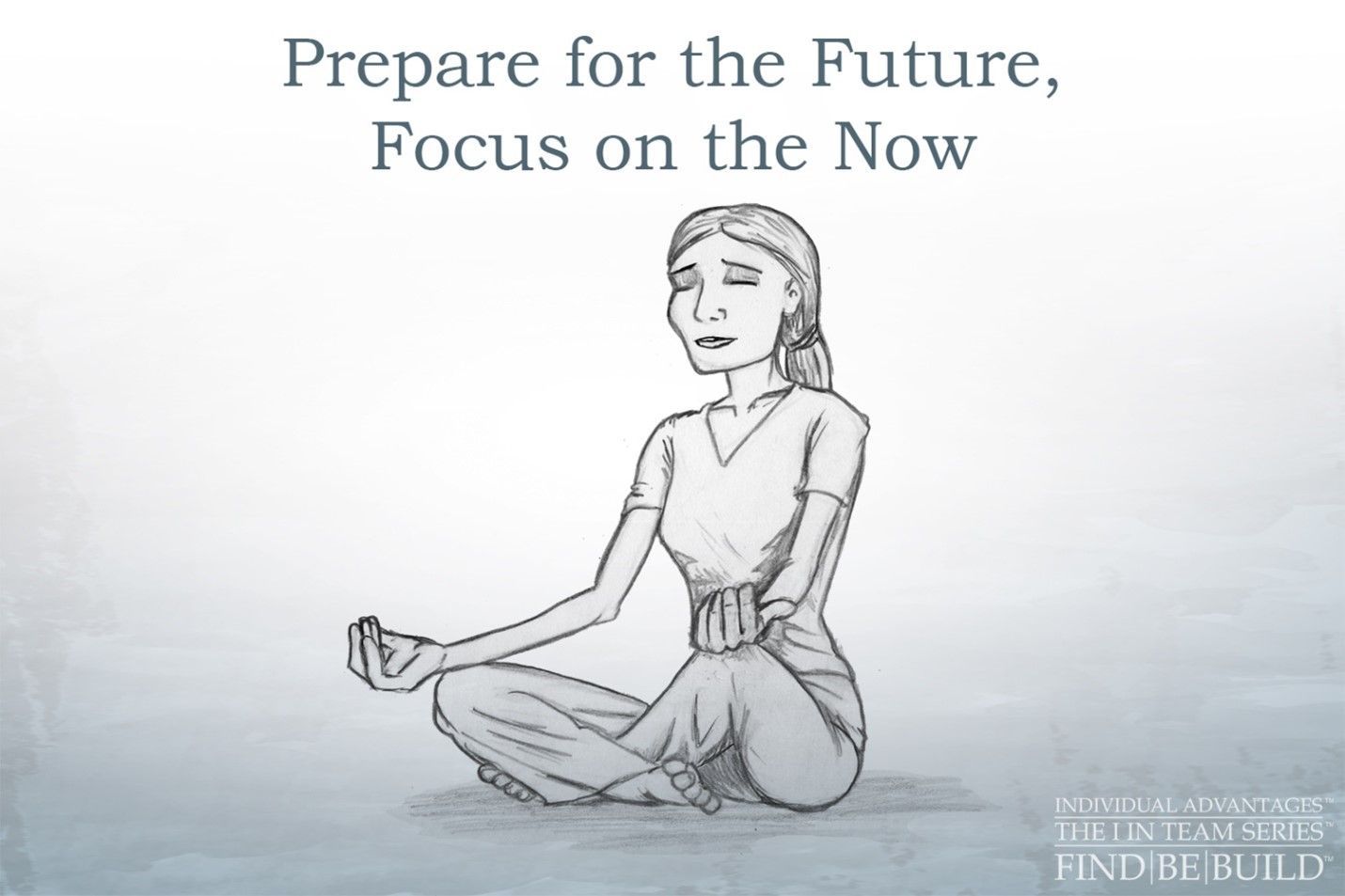
Business consulting strategies
Hi team, it’s your friend Mary! During one of my meditation sessions to help alleviate anxiety, my guide discussed the importance of staying in the now and focusing on the present moment. She said that if we focus on the now, we will always be ready for the future, stating that most anxiety comes to us as we anticipate the future or review the past. This has helped me immensely and my hope is to explain how we can slow down and get into our now. As Brian wrote in Find the “I” in Team, “Live in the present; the most important moment in your life is the present moment. It is in the present that all things are learned, lost, and forgotten.”
The Past
The past only serves to teach us. Reflecting on the past is encouraged but becoming trapped in an illusion of reflections doesn’t help you learn or grow. The past can trick our minds into believing we are reliving the experience again, coupled with the same emotions we felt as the memory occurred, but it’s only a reflection of what once was. Don’t let your mind fool you into thinking this is real again or that you have to observe the memory in the same state as it occurred. You can observe memories from afar, detached from their emotions, in order to learn and grow.
The best way to avoid this trap is to get ahead of it. When you start to feel your emotions rise as a memory comes to you, immediately question those emotions. Questioning the emotions tied to the past serves you by helping you learn from the experience in a more pragmatic way. Only you have the power to retrain your brain, but you can only do so if you do the work and that means getting ahead of your reactionary thoughts. Question what your mind tells you is reality because your mind is the only reality you live in. Your mind is the only trap you have, and it’s excellent at trapping you in negative or untrue thought patterns. What you tell yourself is what you will see. This is your reality and you’re in control.
The Future
We cannot control the future; we can only influence it. Dreaming of the future, planning, and being strategic are not the same as fretting about what is to come. If you are being deliberate in your thoughts, whether they be past or present, time is not wasted. However, concerning ourselves with how others will react to us, what others will think, or what may or may not happen to us or those around us in the future is time wasted when it causes unnecessary anxiety. We fret about the future because we fear we may not be ready to handle it. I promise you, that if you stay in the now, you will always be ready for the future. The future is now.
The Now
Yes, the future is now. And now. And now. And so on. Time is a social construct we use to stay organized and to make sense of this rock that we are on. There is no future. The only future is in your mind. There is no past. The only past is in your mind. There is only now. The future and past do not exist now, but the future and past can only exist now if you allow it to in your mind. You only have the now, the present moment, to hold onto and view as reality. We easily become trapped in our minds with thoughts outside the present moment, but that isn’t real. It’s only real to us because we live inside our own created realities.
One of the best ways to focus on the now is to get out of your mind and into your body. Move your awareness to your heartbeat (that never stops, without you asking), your breath (that continues without consciously thinking “take a breath”), your blinking eyes, feel your extremities and wiggle your fingers and toes, or feel the roof of your mouth and taste what’s going on in there. Take long, slow, and deliberate deep breaths as you focus on moving your awareness from your mind down into your body. This feeling, this stillness, is your present moment. This is your now. Your only opportunity in life is to seize your now, whatever your now may bring.
Slow Down
Slowing down is something that we discuss redundantly at The I in Team Series, but it’s the most useful tool for any situation. We know that, in the heat of the moment, slowing down may seem impossible. To be honest, retraining your brain to stay focused on the now is difficult, but not impossible. You have to slow down, be deliberate with your thoughts and actions, and put effort towards slowing yourself down and being present.
Learn More: The Benefits of Slowing Down
Conclusion
I’ll be honest, staying in the present moment really isn’t easy. I’ve been working on this for five years and I can say with certainty that I’ve made progress, but I’m not yet where I want to be as I still deal with crippling anxiety and depression. It doesn’t help that we are coming out of a devastating pandemic that increased anxiety and depression fourfold in our country (USA). I will promise that staying in the present is worth it. Every time you interrupt your engrained thinking patterns, every time you pull yourself out of your mind, every time you TRY you are making progress. You can absolutely change your life and your way of thinking, but you need to give yourself permission. Encourage yourself and others to live in the present moment.
